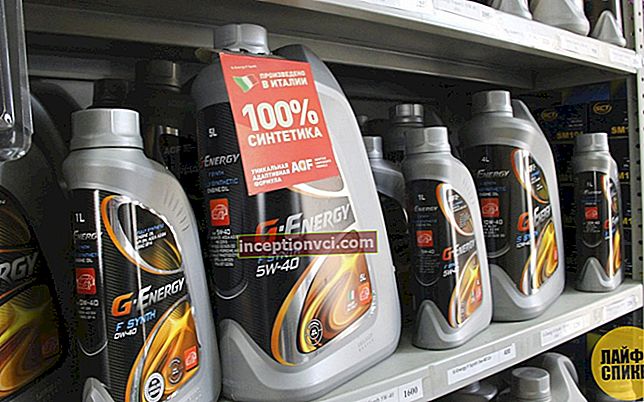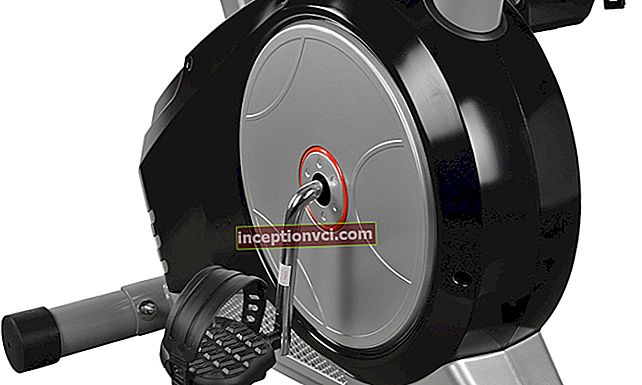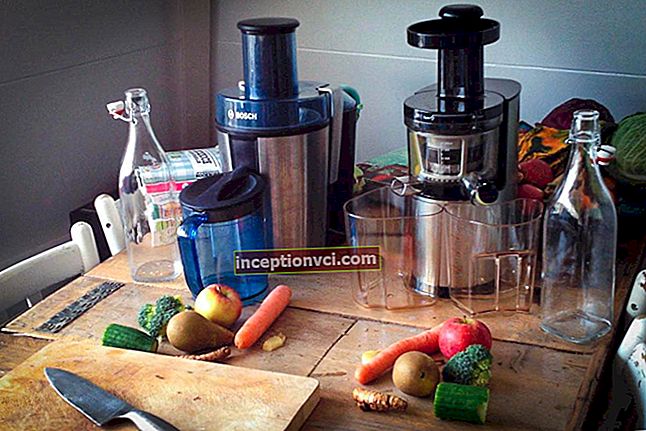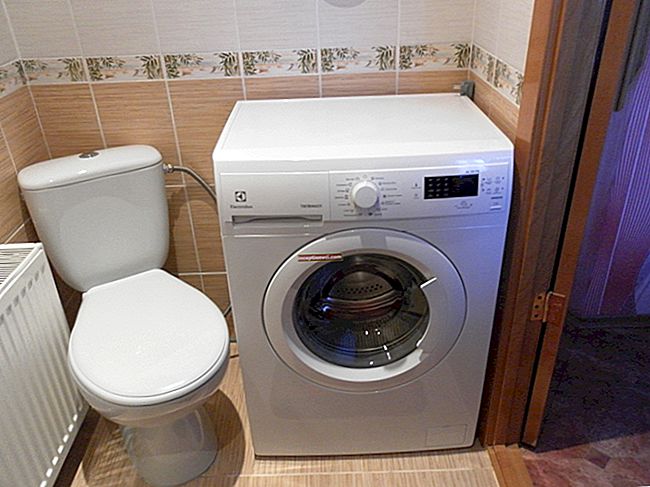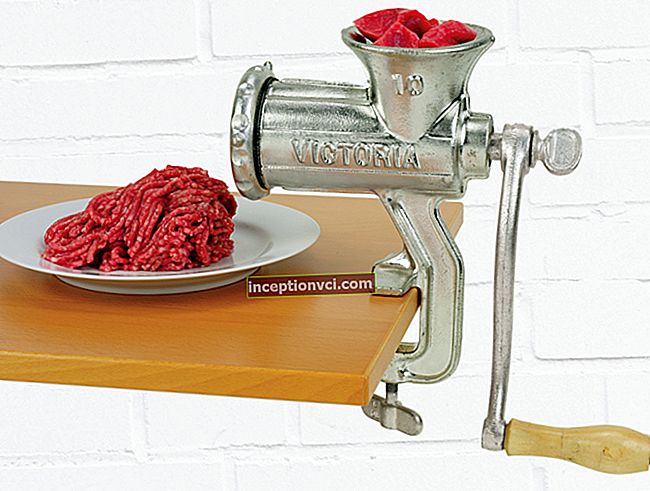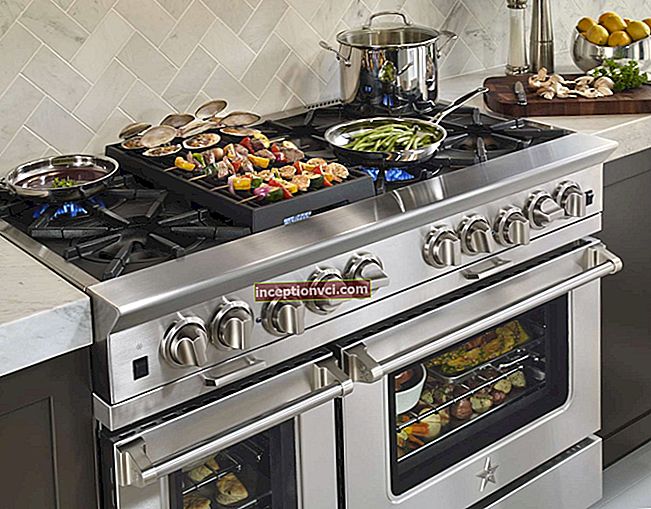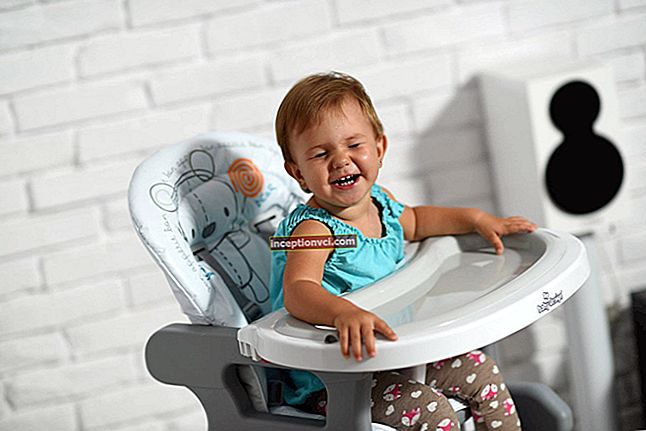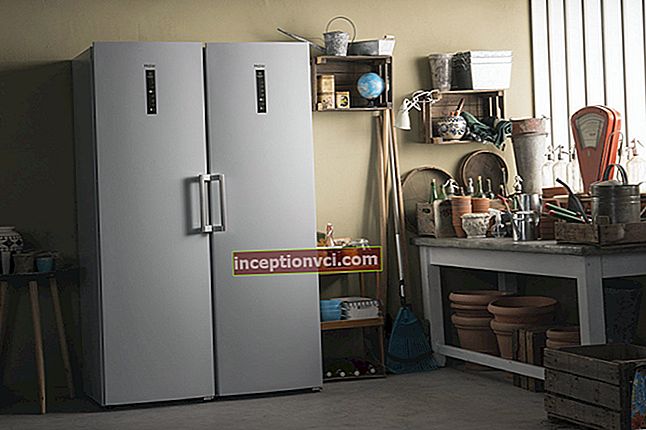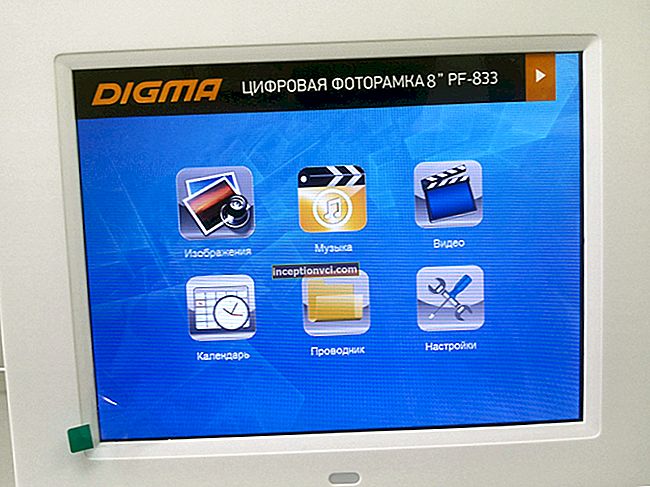If you cross HD2 and Desire, you get Desire HD. Having adopted a lot of good things from its predecessors: a large screen, high performance, it also received a fly in the ointment - a weak battery.

Equipment
- HTC Desire HD
- battery
- 8Gb memory card
- stereo headset
- Charger
- USB cable
Appearance and ergonomics
Desire HD, like most communicators from HTC, has a very simple and austere design. Straight lines and rounded corners everywhere. The device is made of aluminum and soft-touch plastic, which is used only in keys and body inserts. By the way, these inserts are not only for decorative purposes. They are located where your fingers will be (if you are right-handed) - on the left side and at the bottom of the body. So the phone is unlikely to slip out of your hands.

Considering the large diagonal of the screen, the device itself is also quite impressive - 68x123x12 mm, but despite this, it fits comfortably in the hand. Desire HD weighs 164 g. It's too heavy! Therefore, for many, it will not be convenient to carry such a "stone" in the pocket of their clothes. Although personally I did not notice much discomfort in this regard.
The build quality did not cause any complaints. All elements of the case are tightly fitted to each other, there are no backlashes, no squeaks.
- Screen


Not many communicators can boast of such a large and high-quality screen. 4.3-inch touchscreen Super LCD display is made using capacitive technology with MultiTouch support. Resolution 800x480 pixels (WVGA), displays up to 16 million colors.

The screen has large viewing angles, high brightness and clarity. Of course, it fades in the sun, but the information remains readable. The reaction to touching the fingers is very good.
Probably, such screen sizes will seem too much to some, but basically “bigger” means “better”: big buttons on the screen are more convenient to use, comfortable viewing of movies and photos, games ... I am already silent about navigation.
- Controls and external ports


The front part of Desire HD is completely covered with transparent plastic, which is as strong as glass. It will be very difficult to scratch it. Under it, in addition to the display, there are four touch-sensitive control keys: Home, Menu, Back and Search. As for me, it would be better if the usual buttons and a joystick remained here. But, and I got used to the touchscreen pretty quickly. In general, these keys have a white backlight, which turns on only when there is a lack of lighting.

A loudspeaker, which is covered with a grid, has taken its place above the screen. To the left of the speaker is an indicator that signals a missed call, an unread message, or a low battery. To the right of the speaker is the proximity sensor and light sensor. The proximity sensor turns off the screen during a call, and the light sensor automatically adjusts the backlight level of the screen depending on the ambient light level.

There is one single key on the top end. By pressing it, you can turn the display on and off. If you hold it down, then a menu will appear on the screen with the ability to turn off the smartphone, put it in the "Airplane" mode or restart. The last element of the menu, to be honest, surprised. I have never seen this before.
The button itself is slightly recessed into the body, which makes it somewhat inconvenient to use.

At the bottom there is a 3.5 mm jack for connecting a headset or headphones. To the right of it there is a microUSB connector for connecting a charger or synchronizing with a PC.

There is a double volume rocker on the left side. It coincides in height with the level of the case, so it is not very noticeable to the touch, especially when blindly. This is still a small but a minus.

On the back of the device there is an 8 megapixel camera lens, two flash LEDs, which can also function as a flashlight, and a "loud" speaker.


Under the plastic inserts, which were mentioned earlier, there are: on the lower part of the case - a compartment for a SIM card and a memory card; on the right side of the case there is a battery compartment.
Specifications
In short, one of the most powerful Android communicators today.
- Processor and memory
The Desire HD has a 1GHz QSD8255 processor and an incredible 768MB of RAM. With such a filling, performance is nowhere higher. HD video device clicks like seeds.
The device also has 1.5 GB of regular storage. This volume should be sufficient to install additional programs and store information. If it is not enough, then it can be easily increased using microSD memory cards, the maximum allowable volume of which is 32GB. By the way, on Android 2.2 it is possible to install software on a memory card.
- Graphics, video
Desire HD supports Xvid codec. This is the first device from HTC with this feature. The device supports the following codecs and formats: .3gp, .3g2, .mp4, .wmv (Windows Media Video 9), .avi (MP4 ASP and MP3), .xvid (MP4 ASP and MP3).
The video can be viewed with the built-in player, but sometimes there are problems with the sound - it sometimes lags behind the picture. The solution to the problem is to download a third-party player.
- Sound, FM receiver
The sound is implemented on the TI AIC3254 hardware codec. To listen to music, you can connect both regular headphones and a headset to the existing 3.5 mm jack. The sound quality is good without any extraneous noise. There is also an FM receiver.
- Camera (photo, video)


The communicator is equipped with an 8 MP camera. It is very difficult to find something like this among these devices. But if you think that the quality of the pictures will be much better than that of 5 MP cameras, then I will disappoint you. The picture quality is mediocre, especially in low light. Even the powerful dual LED flash does not help. The Desire HD also lacks a camera shutter button. All control is carried out through the touch screen, which, in my opinion, is not very convenient. Another drawback is that while the device does not have a memory card, you cannot take pictures. Why this is so is a mystery.




For photos, it is possible to adjust the resolution (3264x1952, 2592x1952, 2048x1216, 1280x768, 640x384) and the type of lighting (Auto, Incandescent, Fluorescent, Daylight, Cloudy). A wide range of graphic effects are available, which are displayed as pictures in the panel at the top of the screen. Among other things, you can adjust the level of sharpness, saturation, contrast and exposure. You can also turn on / off the shutter sound, timer, shooting with geotags using GPS.
When you rotate the smartphone, the camera interface changes from vertical to horizontal or vice versa. But when filming, it can only be horizontally oriented.


Five resolutions are available for video recording: 1280x720, 800x480, 640x480, 320x240 and 176x144. Video settings are the same as in photo mode. There is a possibility of zooming, but not during recording. There is a one-touch focus change function: during shooting, the focus area is selected on the screen with your finger. Sounds great, but in practice this feature does not work as well as we would like.
Means of communication
- GSM, 3G
The communicator supports GSM (850/900/1800/1900 MHz) and HSPA 3G (UMTS) networks, as well as EDGE and HSDPA standards. So connecting to the internet won't be a problem. Modules can be enabled / disabled manually and for this it will not be necessary to enter the menu - there are special widgets.
- USB
To synchronize with a computer, you can use the supplied USB cable. The phone has a microUSB 2.0 connector. Immediately after connection, a list of possible connection types appears on the phone screen:
- Only charging;
- HTC Sync (you can synchronize the calendar and phone book);
- Disk drive (the phone acts as a flash drive. The microSD memory card is visible);
- Internet modem (the phone is used as a modem);
- Internet pass-through (PC is used as a modem).
- Wi-Fi
Wi-Fi (802.11b / g / n) works seamlessly.
This module has such a useful function as "Wi-Fi router".In short, this is connecting several devices via Wi-Fi to the communicator and using it as a router to access the Internet. You can configure the maximum number of connections, the type of connection, set a name and password for the network, etc. During testing, the "Wi-Fi router" worked correctly. I was able to connect two laptops and a smartphone to it at the same time without any problems.
- Bluetooth
The Bluetooth 2.1 module supports a large number of various profiles, such as EDR, AVRCP, GAVDP, AVDTP, A2DP, Hands-Free Profile 1.5, FTP, OPP. To be honest, from all this, I only know two profiles: high-speed data transfer and support for a Bluetooth headset. By the way, the sound in the latter seemed to me not the best quality.
GPS module
The navigation module is built on the Qualcomm platform using the gpsOne chip. At the first launch, the search for satellites lasts about 40 seconds, in the next - about 15 seconds.


For navigation, you can use two programs to choose from: НТС Navigation and of course Google Maps. I think there is no point in talking about the latter. But НТС Navigation, as far as I understand, is still in the development stage. The program, which is installed on this communicator, has everything that is in other navigation packages, but the routing function is not yet available.
Interface, programs
Desire HD has Android 2.2 operating system. The latest version of HTC Sense is responsible for the interface. And with the HTC Fast Boot function, it all boots up in seconds.




An overview of this OS and its interface is a topic for another article. I will briefly go through some of its most interesting features.
HTC Hub. This is a program for changing the appearance of the interface. With it, you can change the picture on the desktop, change the melodies of calls and different events, change the themes ... In general, make the communicator the way you would like to see it. Everything is set up very easily and without any headaches.


Browser. In general, this is the same browser as on the old version of the OS, but some nice little things have appeared. Now with the help of MultiTouch you can not only scale fonts, but also switch between open browser windows. Now you can configure energy saving: when the battery charge level reaches a certain level (you can set it), the functions and interfaces you have selected are disabled.
Photo editor. Not Photoshop, but you can use it to rotate photos, cut out pieces, apply effects. By the way, there are a lot of effects. The interface is clear from the pictures.


I would also like to tell you about the HTCSense.com service. It will greatly simplify your life if your communicator, God forbid, was stolen. Using this service, you can remotely lock your phone, delete all available information from it, and determine its location. With Desire HD, you don't have to worry about your privacy.
Battery life
The communicator has a 1230 mAh Li-Ion battery. As you can imagine, such a powerful iron requires a lot of energy and the battery will drain quickly enough. But I didn't think it was that fast! Even with average loads, the device may not last even a day.
Here are some benchmarks for comparison:
- MP3 mode. MP3 files with variable bit rate are played. The screen is off.
- Maximum load. A 704x400 video file is playing.
In both modes the wireless modules are disabled, the "GSM only" mode is enabled.

Summary
One of the best communicators for Android and the best communicator from HTC. Great productivity and a high level of information protection (I'm talking about the HTCSense.com service) will be very useful for business people. A large screen and not weak multimedia capabilities will impress young and active people. The only downside to the Desire HD is its weak battery.

